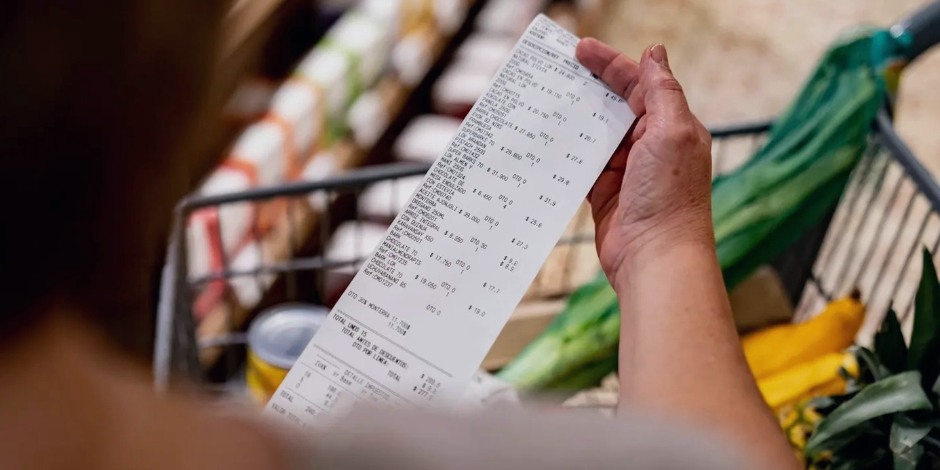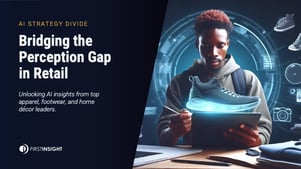It’s been two years since the hyperinflation of 2021-2023 subsided, yet consumers still perceive a crisis. What’s wrong with this picture?
The incredible edible egg has emerged as the latest reminder of the evils of inflation. The average price of a dozen Grade A Large eggs, which five years ago was $1.45, hit a record this February of $5.90, according to Federal Reserve data.
Attributed to a bird flu outbreak, the spike is an anomaly in what has been, until recently, an upbeat economy. The latest annual inflation rate reported by the Fed was 2.8%, not that far from the target of 2%.
That the price of eggs should attract so much attention suggests that the wounds of 2022, when year-over-year inflation rates ran as high as 9.2%, haven’t healed yet. Likewise, speculation about the effect of proposed import tariffs. The uncertainty has been a stiff wind driving a firestorm of dire predictions about staggering increases in the price of cars and other durable goods.
No surprise, then, that in spite of the current modest inflation rate, Americans are in a gloomy mood. In releasing its monthly survey results, the Conference Board recently reported that consumers expect a year from now inflation will exceed 6%, twice the estimate of most economists.
How unlikely that is can be inferred from this Federal Reserve chart of the Consumer Price Index for the past 65 years, which shows how rare such price surges have been. Since the pandemic bubble, the trend has been returning toward moderate long-term averages. Consumers are clearly catastrophizing.
It is true that, overall, prices are 23% higher than they were five years ago, based on Bureau of Labor Statistics (BLS) data. Consumer finance publisher Bankrate recently calculated that goods and services worth $1,000 in 2020 would cost about $1,233 today.
What most inflation reports fail to mention is that wages and salaries have risen over that same period. The BLS reported that the median weekly earnings of full-time wage and salary workers in 2019’s fourth quarter were $936. Five years later—fourth quarter 2024—that number had grown to $1,192, an increase of about 27%. Statistically at least, consumers are ahead.
Expensive eggs, uncertainty, and scary headlines are resonating with shoppers. Retail industry executives say shoppers have been hedging their spending in the first quarter and insiders talk about rising prospects of a near-term recession.
But the conditions for a recession are hard to find. The employment picture is stable and the Commerce Department reported last week that household finances continue to make gains. Incomes rose 0.8% in February and the personal saving rate increased to 4.6% from a revised 4.3% rate in January.
The subject of inflation makes for great headlines and the uncertainty about tariffs makes for a lot of speculation and scare-mongering. On the ground, where consumers live and spend, the price of eggs will probably return to normal and, absent any new economic shocks, the US will continue to dodge a recession this year.













